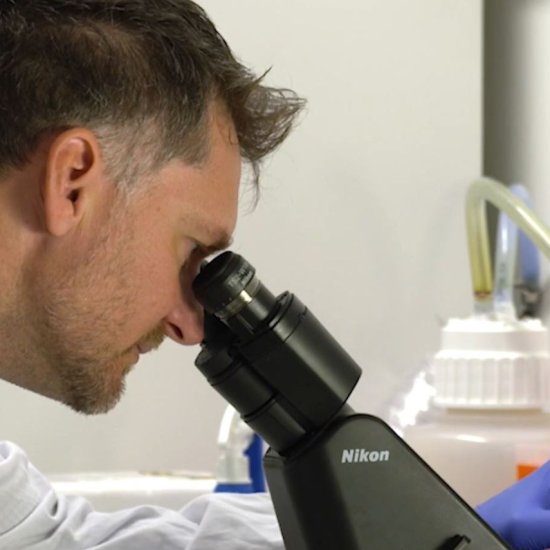
As temperatures rise, so does the risk of tick bites, and with it, Lyme disease infections. We take a look at how new testing techniques advance diagnosis of this vector-borne disease. In radiology, a European approach aims to improve justification criteria of CT scans, preventing long-term damages from radiation exposure, while new research focuses on reducing the carbon emissions associated with MR imaging. Enjoy reading!

Article • Confirming initial positive findings
First-tier rapid serology testing for Lyme disease
Lyme disease, the most common tick-transmitted bacterial infection in the world, is challenging to diagnose. Initial early-stage symptoms may include skin rash, fever, headache, fatigue, swollen lymph nodes, and/or body and joint aches. However, ...
 |
Article • Project EU-JUST-CTCT scans: systematic evaluation of benefits and risksWhen is a CT scan justified, i.e. when do the benefits of a CT scan for the patient outweigh possible risks associated with radiation? Justification has been a major issue among radiologists ever since CT has become widely available and widely used. ... |
 |
News • Potential for energy, cost and emission reductionResearch proves eco-impact of MRI machine operation changesA research partnership has proven medical centers can achieve significant carbon reduction and cost savings by turning off or putting MRIs into the lowest power setting when not in use. |
 |
Video • Cardiology & Biomedical TechnologyRepairing heart damage: Breakthrough in vascularized heart organoidsResearchers have succeeded in introducing a vascular system into tiny living and beating model human heart muscles, an achievement which it's hoped will accelerate progress toward the ultimate goal of repairing damage from heart disease. |
 |
News • Cardiology & SurgeryHeart in a box - First beating-heart transplantationUsing an organ from a donor who underwent cardiac death, Stanford Medicine surgeons transplanted a heart while it was beating - the first time such a procedure has been achieved. |
 |
News • Cancer & Artificial IntelligenceAI algorithm for better detection of oropharynx cancerFor patients with human papilloma virus associated oropharynx cancer, assessing the presence of cancer cells beyond the lymph nodes is critical in determining proper treatment. |
 |
News • Cancer treatment for older patientsHead and neck cancer in older patients: Increasing the chance of survivalShould patients over the age of 70 with head and neck cancer receive aggressive combined radiotherapy and chemotherapy? This is a controversial issue among patients, their families and health professionals. |
 |
News • Neuroscience & PediatricsGene therapy could relieve post-hemorrhagic hydrocephalusPremature infants, especially very low birthweight babies, are at risk for intraventricular hemorrhage. A frequent complication of these brain bleeds is hydrocephalus that can gravely disrupt brain development. |
You are receiving this email because you subscribed to our newsletter on healthcare-in-europe If you don’t want to receive this newsletter anymore, click here to unsubscribe. Keep up-to-date on the latest news from all hospital-related fields! Copyright © 2025 mgo fachverlage GmbH & Co. KG. E.-C.-Baumann-Straße 5, 95326 Kulmbach, Germany |